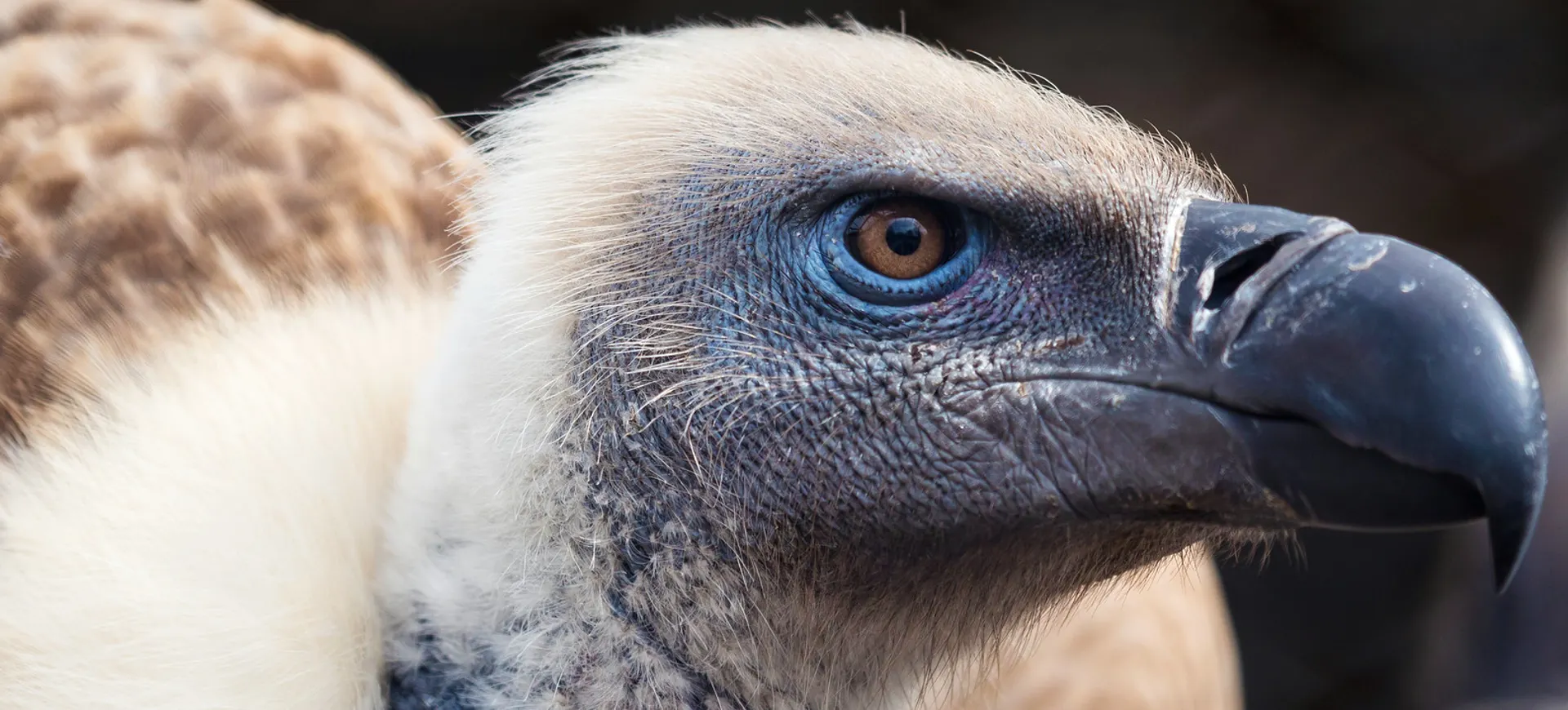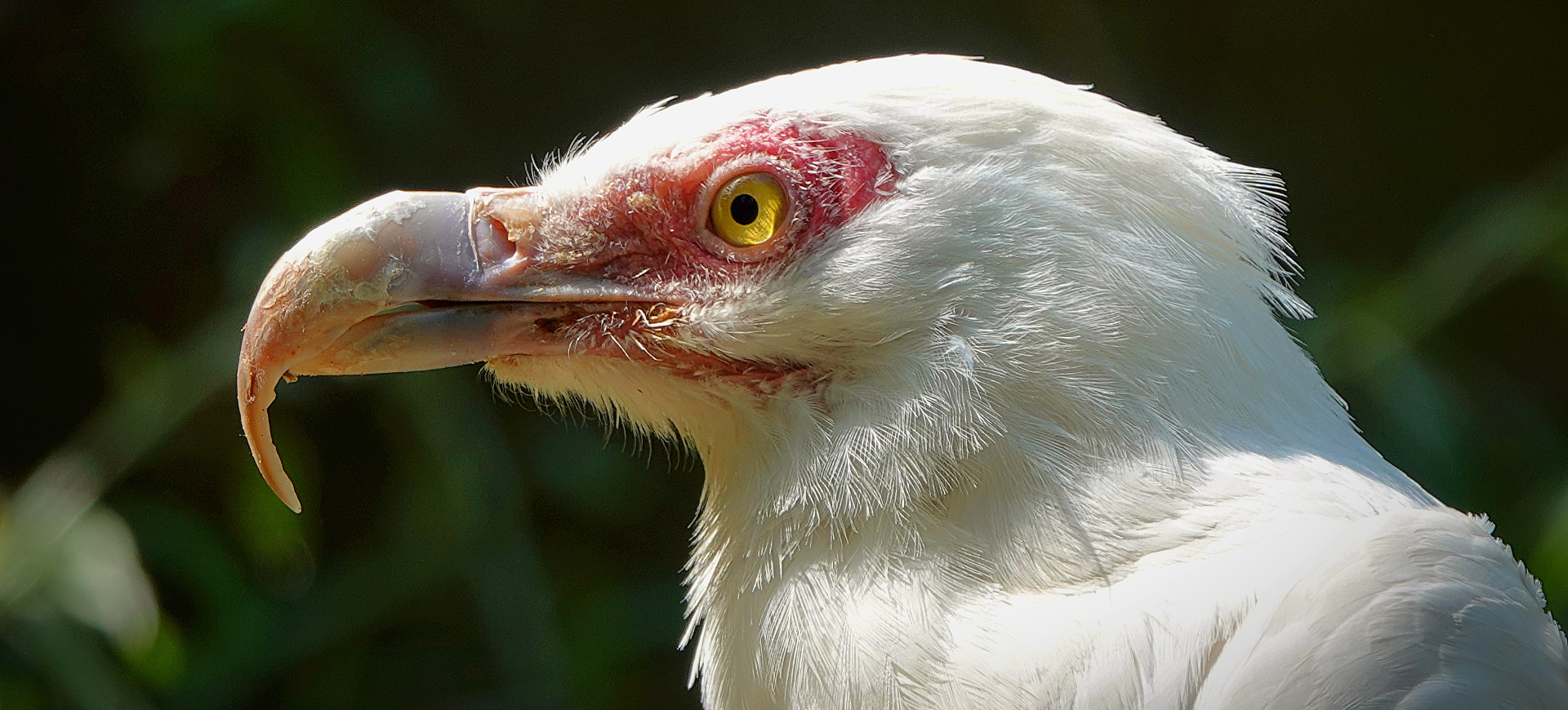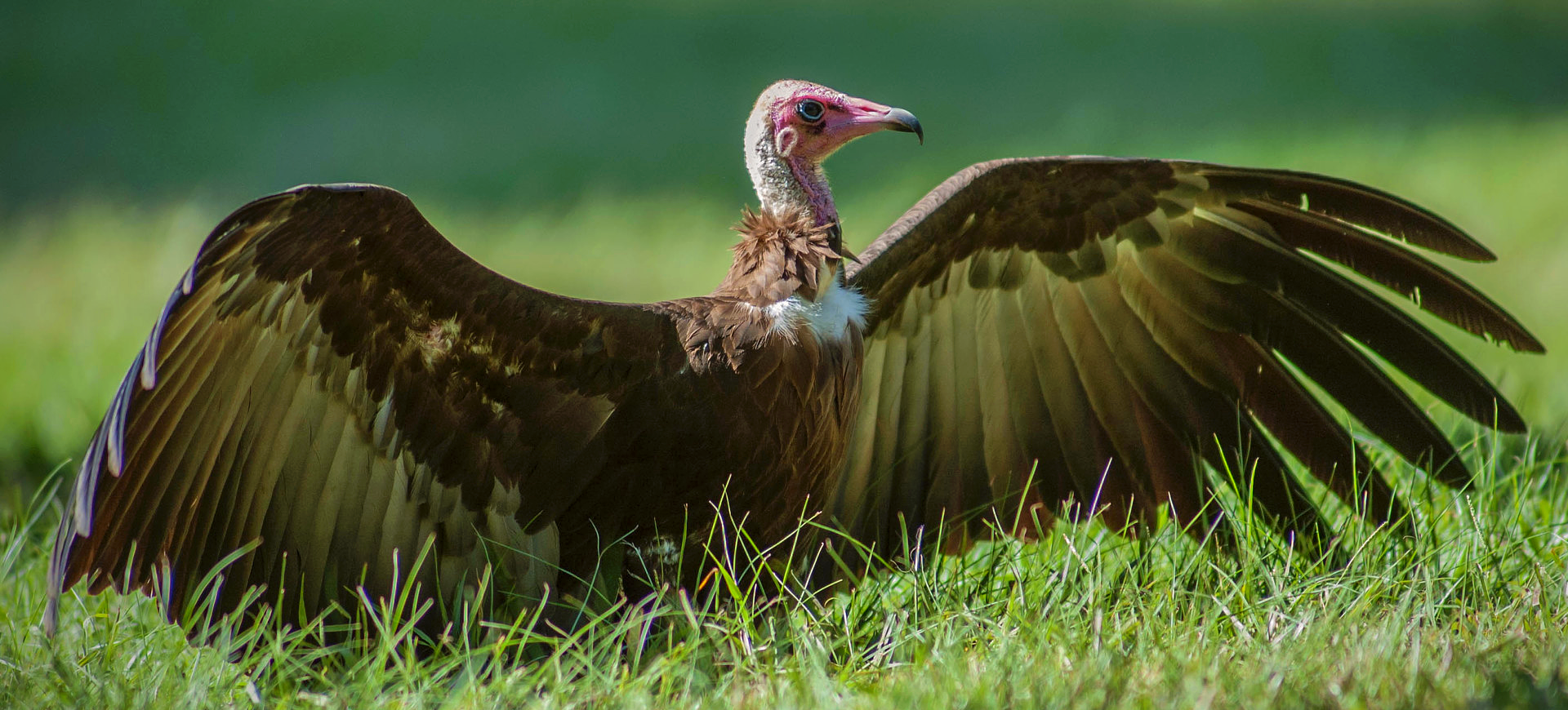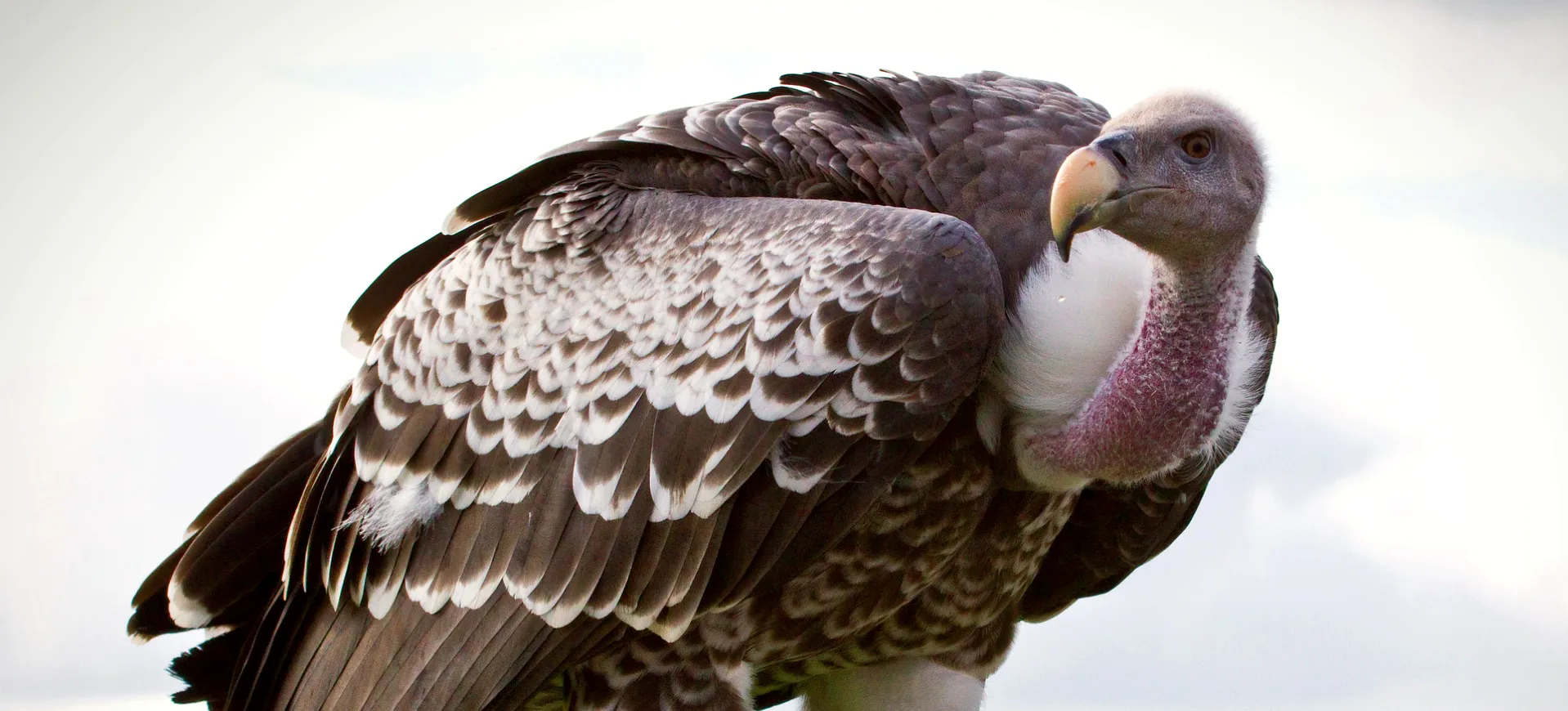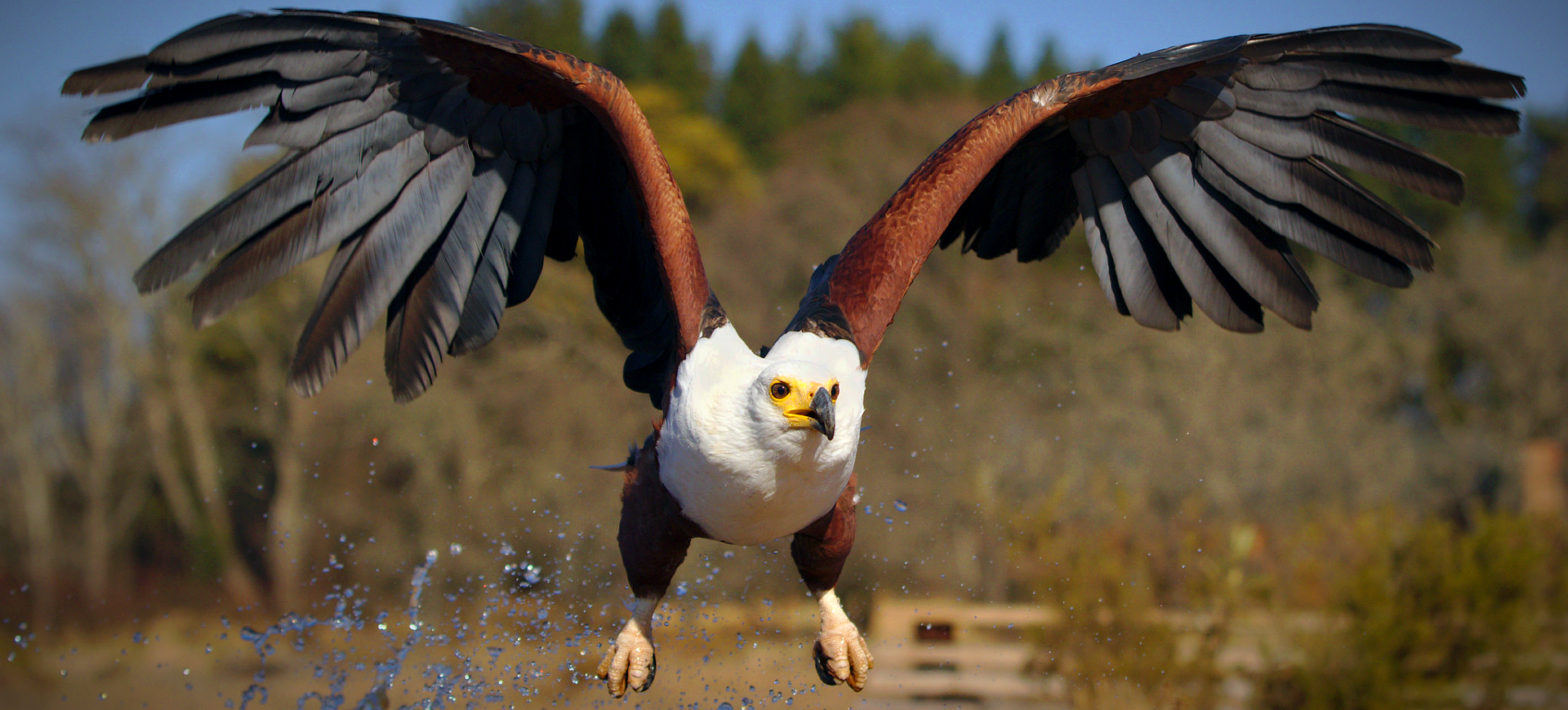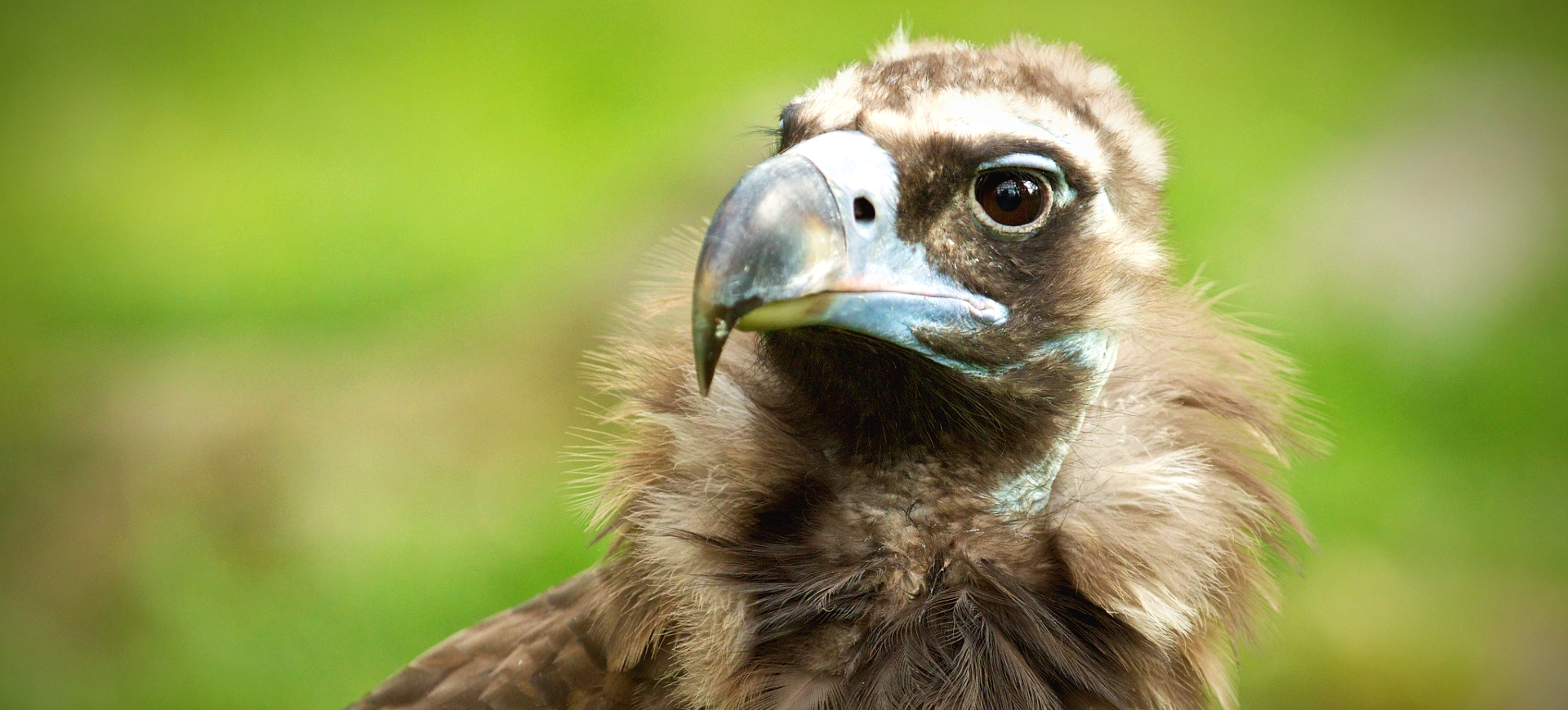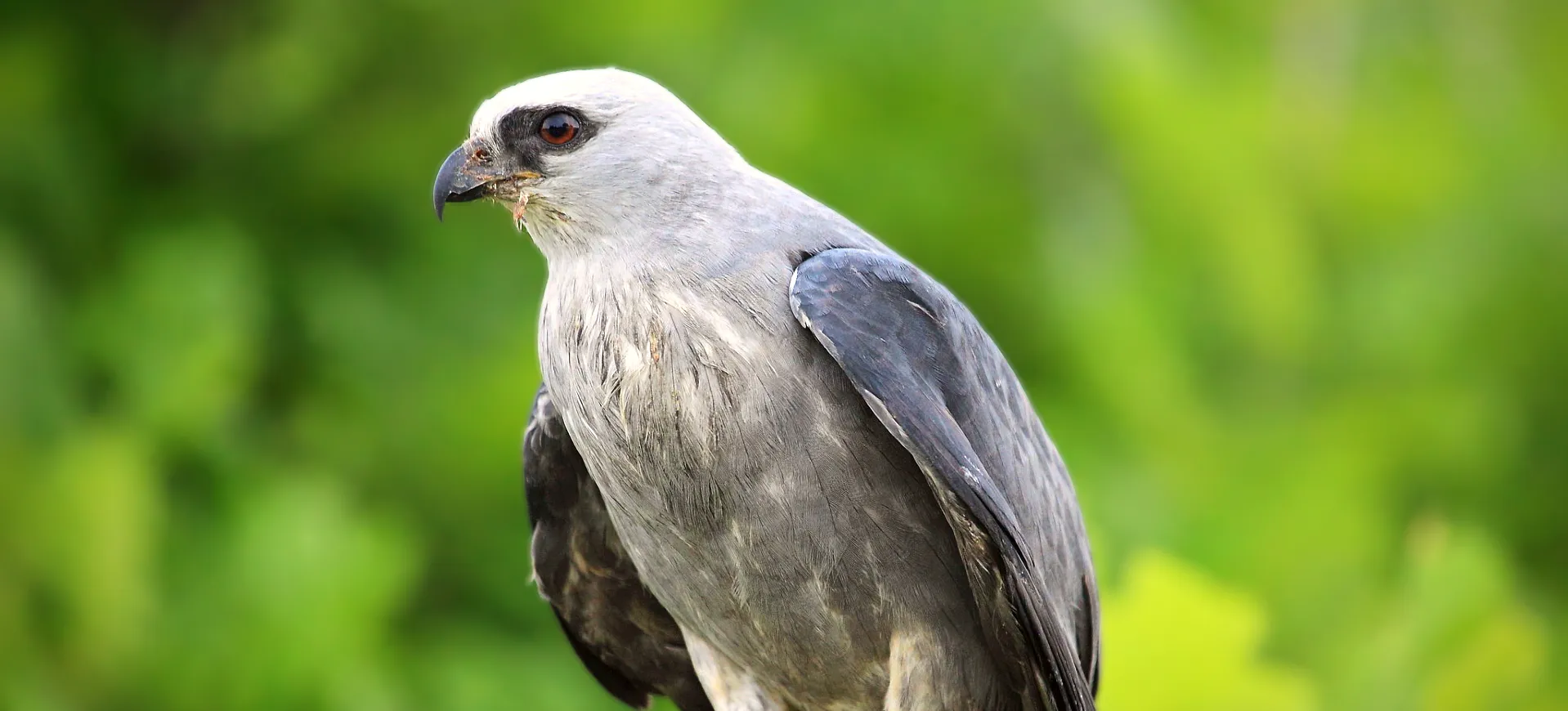Overview
The Harpy Eagle (Harpia harpyja) is one of the largest and most powerful birds of prey found in the rainforests of Central and South America. This majestic eagle is known for its impressive size, with a wingspan of up to 7 feet (2.1 meters) and a weight of up to 20 pounds (9 kg). The Harpy Eagle’s distinctive features include a broad, slate-gray head, a large, hooked beak, and piercing dark eyes. It is characterized by a striking crest of long feathers that can rise and lower depending on its mood.
The Harpy Eagle is an apex predator in its habitat, playing a crucial role in the ecosystem. It predominantly hunts arboreal mammals such as sloths and monkeys, swooping with incredible speed and power. Its strong nails are among the largest and most powerful of any living eagle, capable of exerting significant pressure to swiftly subdue its prey. The Harpy Eagle’s presence signifies a healthy, biodiverse ecosystem, requiring large territories with abundant prey and nesting sites.
Despite its formidable presence, the Harpy Eagle faces habitat destruction and fragmentation threats due to deforestation. They are known for their shy and elusive nature, preferring to reside deep within the rainforest canopy. The species is monogamous, with pairs maintaining large territories and often staying together for life. Conservation efforts are critical to protect the remaining populations of this magnificent raptor, which is a national symbol of Panama and an important part of the cultural heritage in many parts of its range.
Taxonomy
Kingdom
Phylum
Class
Order
Family
Genus
Species
Type
Physical Description:
The Harpy Eagle is renowned for its striking and formidable appearance. It has a powerful build with broad, rounded wings and a short, broad tail, adaptations for maneuverability through dense rainforest canopies. The plumage is predominantly dark gray, with a paler gray head, neck, and white underparts. The legs are thick and feathered down to the large, black nails.
Adult Harpy Eagles display sexual dimorphism, with females being significantly larger than males, a common trait among birds of prey. The impressive crest of feathers on the head, which can be raised or lowered, adds to its intimidating appearance. The eagle’s face is adorned with a strong, hooked beak, ideal for tearing flesh. The Harpy Eagle’s powerful physique and keen eyesight make it an apex predator in its habitat.

Lifespan: Wild: ~25 years || Captivity: ~40 years

Weight: Male: 8.5-12 lbs (3.8-5.4 kg) || Female: 13-20 lbs (5.9-9.1 kg)

Length: Male: 34-37 inches (86-94 cm) || Female: 39-42 inches (99-107 cm)

Height: Male: 30-35 inches (76-89 cm) || Female: 35-40 inches (89-102 cm)

Wingspan: Male & Female: 176-224 inches (448-570 cm)

Top Speed: 50 mph (80 km/h)
Characteristic:
Native Habitat:
The Harpy Eagle is native to the tropical rainforests of Central and South America, ranging from Mexico to northern Argentina. It inhabits dense lowland forests, preferring areas undisturbed by human activity. These eagles are adapted to life in the forest canopy, where they nest in tall trees, often choosing the tallest trees in the rainforest. The preservation of these old-growth forests is essential for their survival, as they rely on these habitats for hunting and nesting.
The Harpy Eagle requires large territories with abundant prey for sustenance. These territories can span several square miles, as the birds need a vast area to find enough food to survive. The destruction of rainforests due to logging, agriculture, and urban expansion poses a significant threat to their habitat. Conserving these forests is vital for the Harpy Eagle and other species sharing this biodiverse ecosystem.
Climate Zones:
Biomes:
Biogeographical Realms:
Continents:
Diet:
Diet & Feeding Habits:
The Harpy Eagle is a predatory bird of prey, primarily hunting arboreal mammals. Its diet predominantly consists of tree-dwelling animals such as sloths, monkeys, coatis, and some species of large birds. The eagle hunts by perching silently in the canopy and then executing a swift and powerful attack on its prey. The incredible strength of its talons allows it to lift animals weighing several pounds.
In the wild, the Harpy Eagle’s hunting technique combines stealth, speed, and power, making it one of the most formidable predators of the rainforest. This eagle plays a crucial role in controlling its prey species’ populations and maintaining the ecological balance. In zoos and rehabilitation centers, their diet consists of meat, and care is taken to provide a nutritional balance similar to that found in the wild. The Harpy Eagle’s feeding habits reflect its role as a top predator in the rainforest ecosystem.
Mating Behavior:
Mating Description:
The Harpy Eagle is a monogamous species, with pairs forming strong bonds that can last for many years. The mating process involves elaborate aerial displays and mutual preening. The eagles build large nests in the canopy of tall trees, often reusing and adding to the same nest over several breeding seasons. The female typically lays one or two eggs, but usually, only one chick survives due to sibling competition.
During the incubation period, which lasts about 56 days, the male and female sit on the eggs. The female does most of the incubation, while the male provides food. Once hatched, the eaglet depends on its parents for food and protection for an extended period, sometimes up to two years. This extended parental care limits the eagles to breeding only every two to three years, making each successful rearing critical for the population’s sustainability.
Reproduction Season:
Birth Type:
Pregnancy Duration:
Female Name:
Male Name:
Baby Name:
Social Structure Description:
The Harpy Eagle is a solitary bird outside of the mating season, with individual territories that can be quite large. Pairs form strong bonds and work together in rearing their young. During the breeding season, these eagles exhibit cooperative behavior, with the male providing food for the female and the chick. The extended period of parental care, often lasting up to two years, is critical for the survival of the young eagle.
In the wild, interactions between Harpy Eagles are mostly limited to mating pairs and their offspring. Their territorial nature means that encounters between unrelated adults are infrequent. Understanding the social structure of the Harpy Eagle is important for conservation efforts, particularly in managing their habitats and ensuring sufficient territory for each pair. This eagle’s solitary and territorial habits underscore the need for large, contiguous rainforest areas for their survival.
Groups:
Conservation Status:
Population Trend:
The Harpy Eagle is currently listed as Vulnerable on the IUCN Redlist, with a declining population. The primary threat to this magnificent bird is habitat loss due to the widespread deforestation of tropical rainforests. Additionally, humans sometimes persecute them, often due to misconceptions about them posing a threat to livestock. The loss of their habitat affects their nesting sites and reduces the availability of prey.
Conservation efforts for the Harpy Eagle focus on protecting and restoring tropical rainforests, as well as education and outreach to dispel myths and promote coexistence. Captive breeding programs play a role in conserving the species and serve as an educational tool to raise awareness. Efforts to track and study these eagles in the wild are essential to understanding their ecology and developing effective conservation strategies. Ensuring the preservation of large tracts of rainforest is crucial for maintaining healthy populations of Harpy Eagles.
Population Threats:
The Harpy Eagle faces several threats in the wild, the most significant being habitat destruction due to logging, agriculture, and expanding human settlement. The fragmentation of rainforests leads to isolated populations, resulting in reduced genetic diversity and increased vulnerability to environmental changes. Hunting and persecution by humans, although less common, still pose a threat to the Harpy Eagle. Misunderstandings about their behavior and the exaggerated perception of them as a threat to livestock contribute to this issue.
Efforts to mitigate these threats include enforcing legal protections, promoting sustainable land use practices, and implementing conservation education programs. Protecting large areas of contiguous rainforest is vital for providing the necessary space and resources for these eagles to thrive. Additionally, reducing human-eagle conflicts through education and community involvement is key to ensuring the survival of this species.
Conservation Efforts:
Conservation efforts for the Harpy Eagle are centered around habitat preservation and restoration. Establishing and enforcing protected areas within the rainforest is crucial to safeguard their habitat. Additionally, reforestation and habitat connectivity projects help maintain the large territories these eagles require. In situ conservation efforts are complemented by ex-situ programs, including captive breeding and public education initiatives.
Educational outreach is essential to raise awareness of the Harpy Eagle’s role in the ecosystem and its conservation status. Research plays a significant role in informing conservation strategies, understanding the species’ ecological requirements, and monitoring population trends. Collaboration among governments, conservation organizations, and local communities is key to the successful conservation of the Harpy Eagle. Promoting eco-tourism focused on Harpy Eagle conservation can also provide economic incentives for local communities to protect these majestic birds and their habitat.
Additional Resources:
Fun Facts
- The Harpy Eagle’s talons can grow up to 5 inches long, longer than the claws of a grizzly bear.
- Despite their powerful build, Harpy Eagles can fly silently through the forest, a critical adaptation for a stealthy predator.
- In many South American cultures, the Harpy Eagle is considered a sacred animal often associated with strength and courage.
- The scientific name “Harpia harpyja” comes from Greek and Roman mythology, where the Harpy was a fearsome creature with the body of an eagle and the face of a human.
- The Harpy Eagle is the national bird of Panama and is featured on the country’s coat of arms.
- These eagles have a reversible outer toe that allows them to grasp prey with a two-toed front and two-toed back grip.
- Harpy Eagles can live for over 25 years in the wild and even longer in captivity.
- Juvenile Harpy Eagles have a different plumage than adults, which they gradually lose as they mature.
- The Harpy Eagle has excellent vision and can spot prey 200 meters away.
- They play a vital role in their ecosystem by controlling populations of medium-sized mammals and other prey species.







